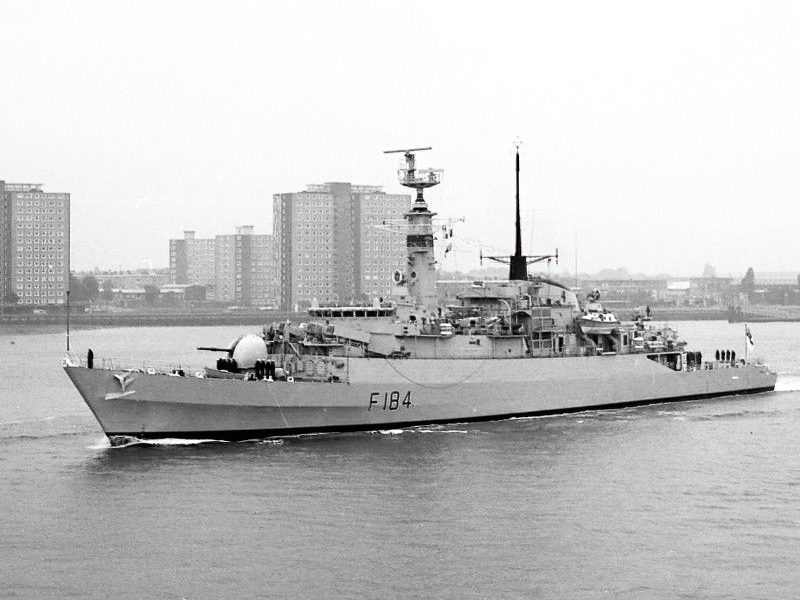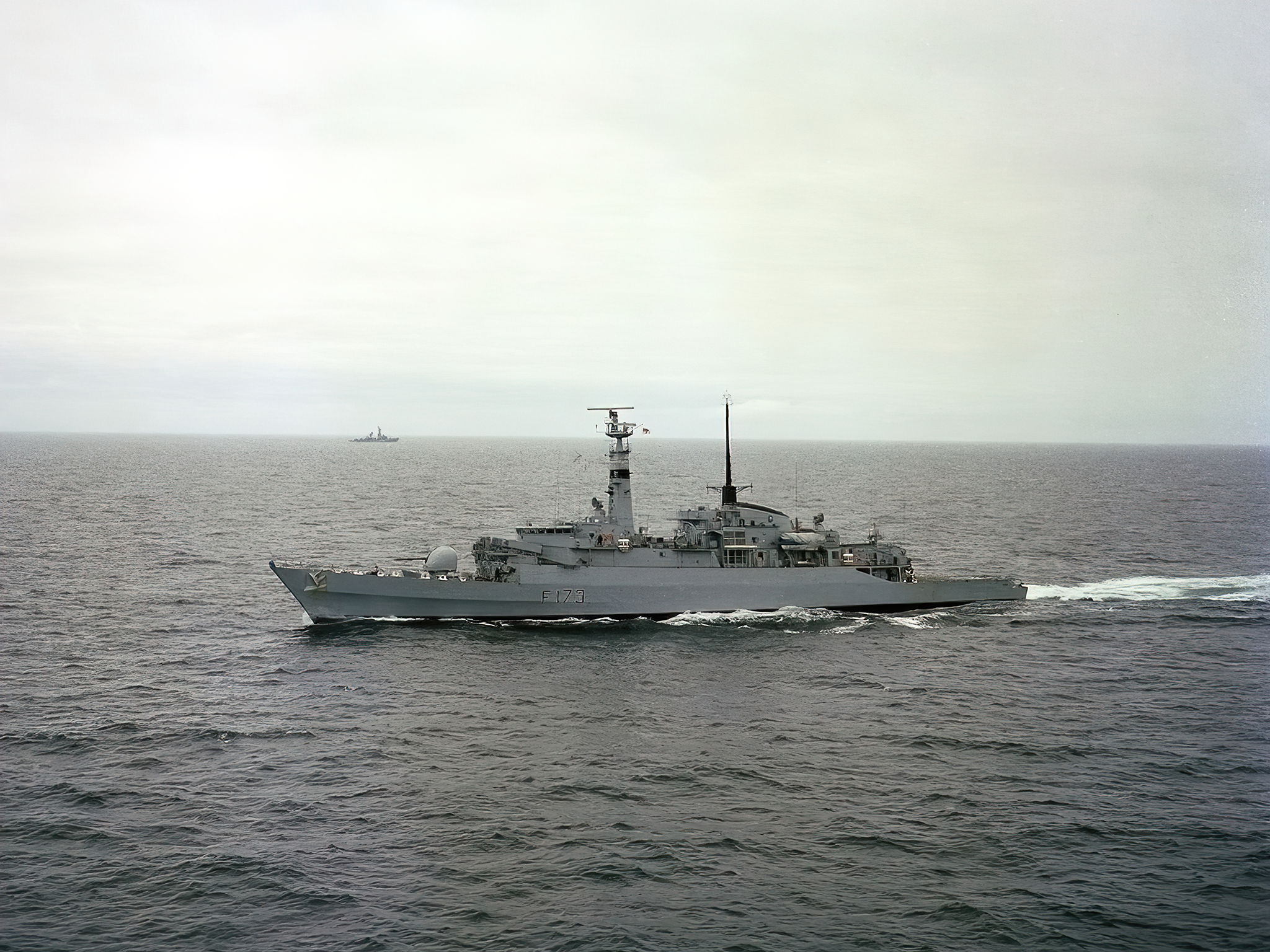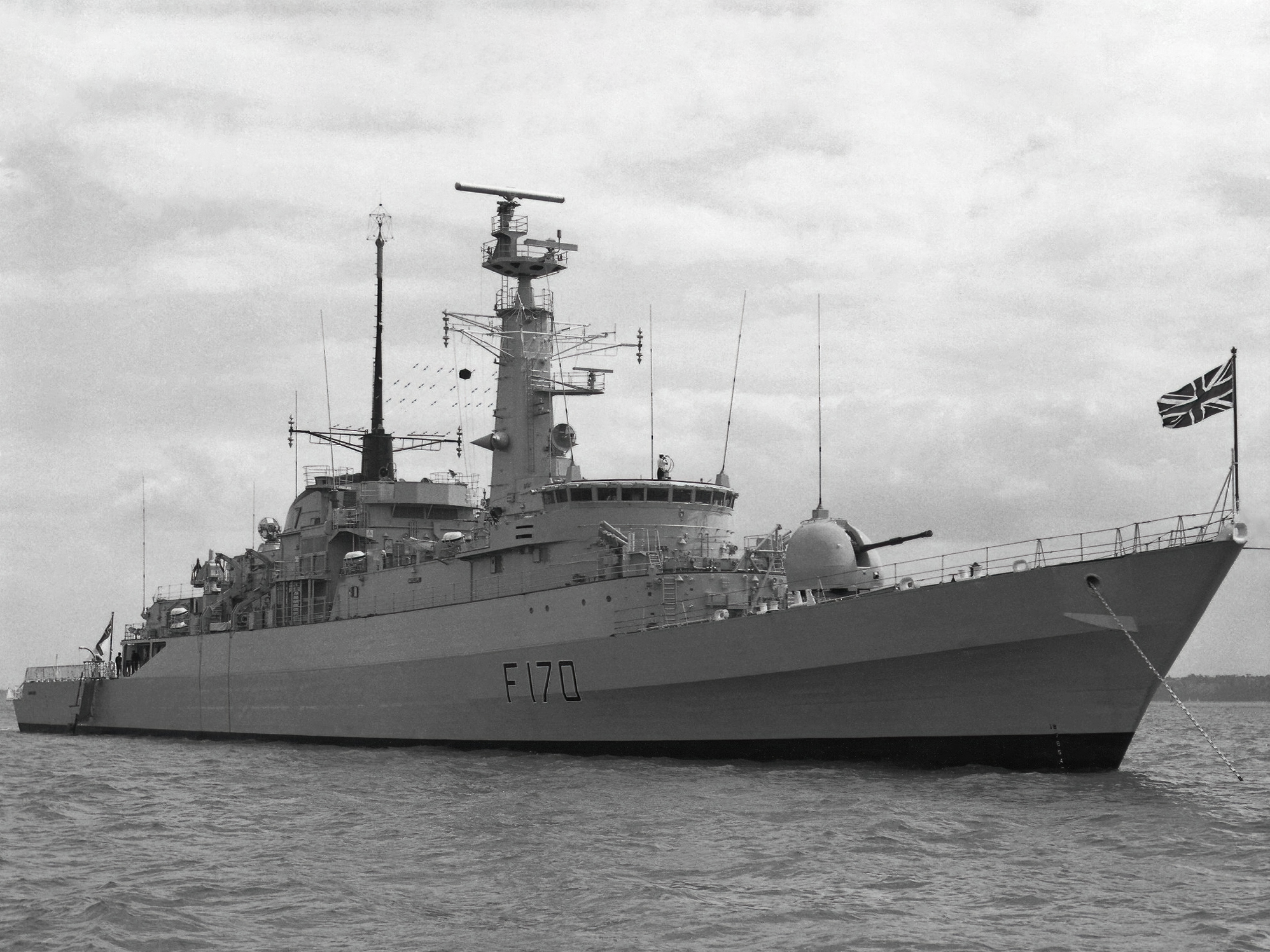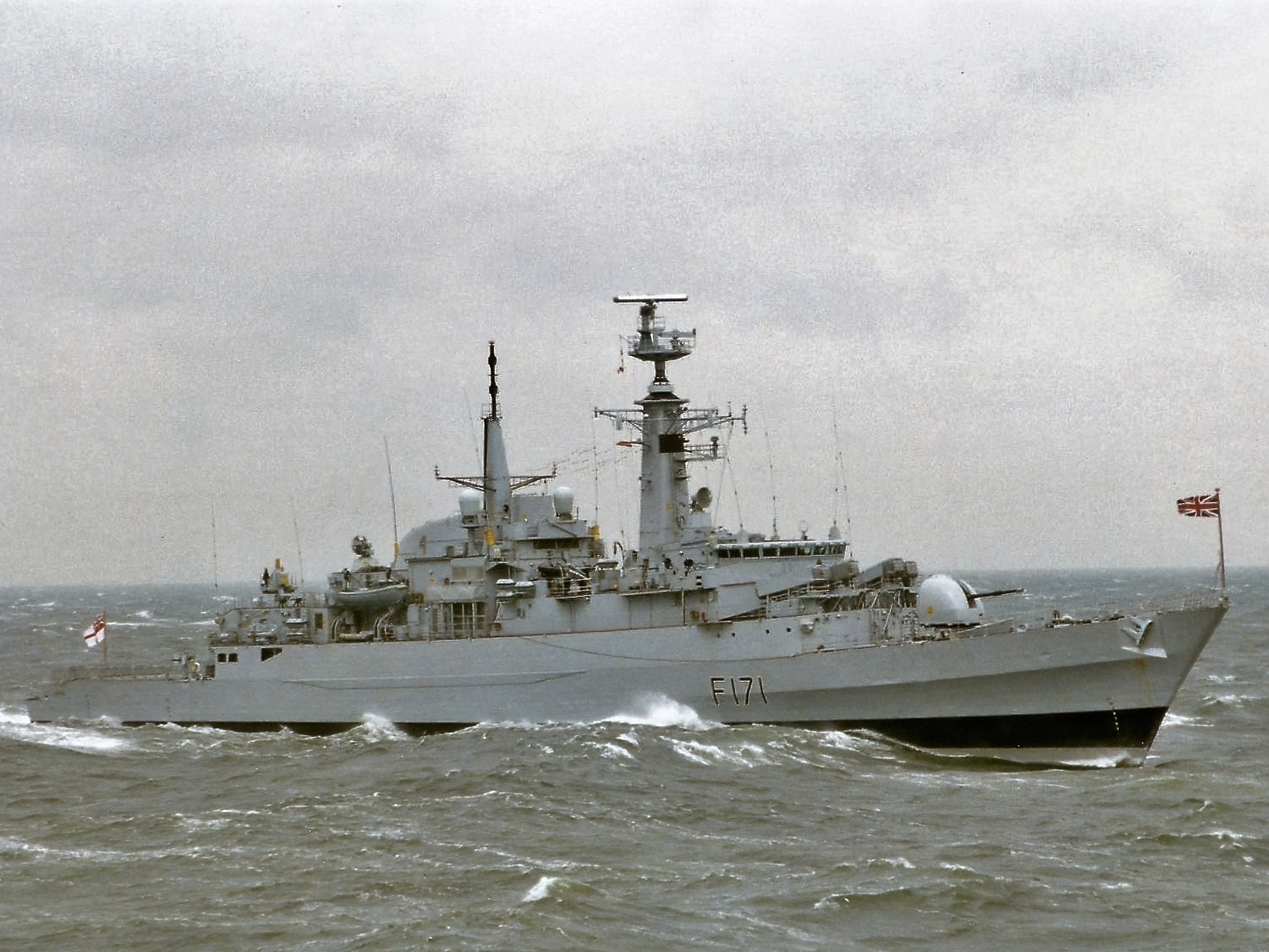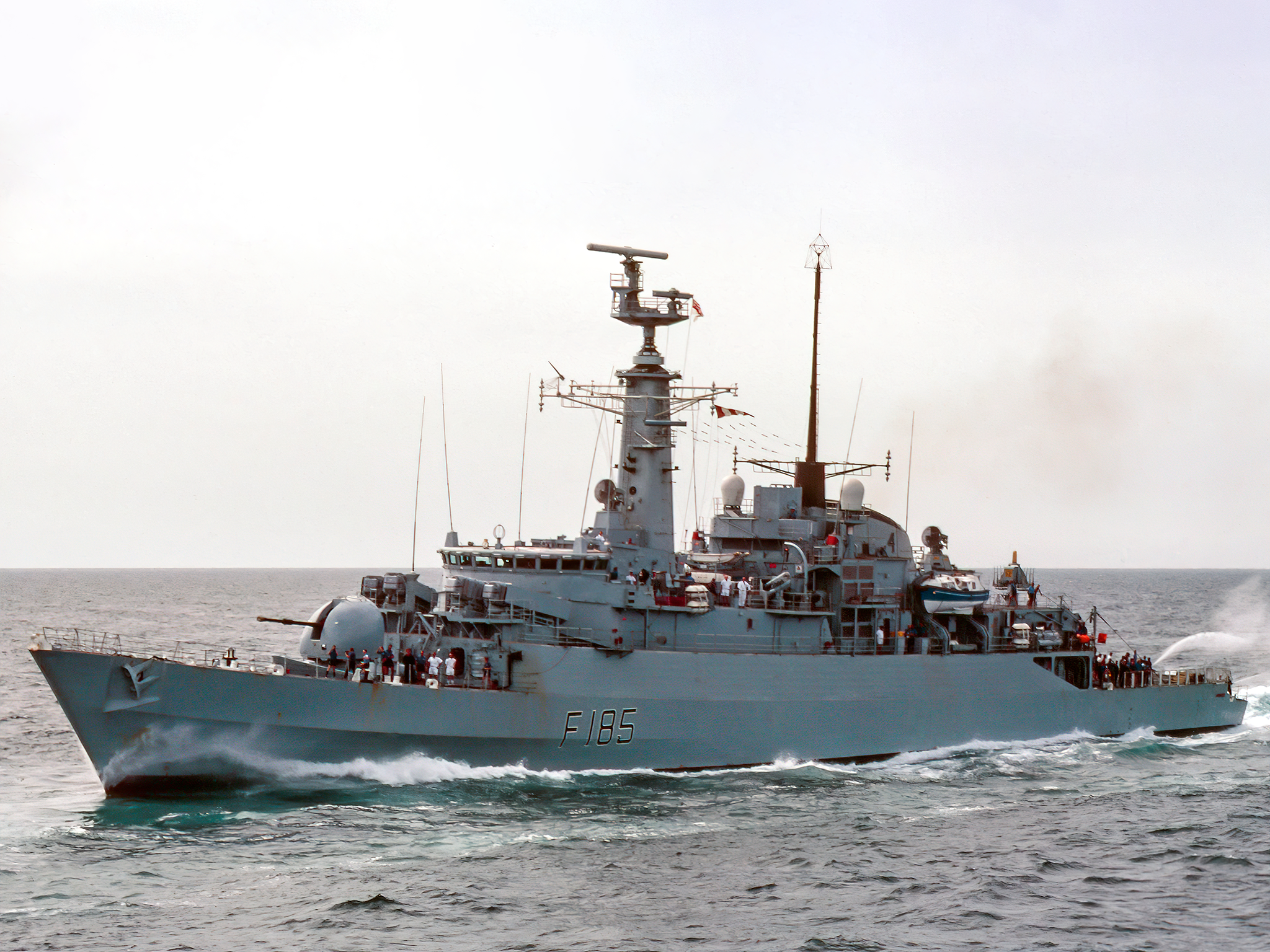Royal Navy Type 21 Frigates: A Comprehensive Guide
Introduction
The Type 21 frigates, also known as the Amazon class, were introduced to the Royal Navy in the 1970s. They were designed as fast, general-purpose escorts that could perform patrol, escort and light combat roles. Although they were criticised for being lightly armed and structurally fragile, they played an important role in the Falklands War and later served successfully with the Pakistani Navy after leaving British service.
Origins and Design Development
In the late 1960s, the Royal Navy sought a cost-effective frigate to supplement the Leander class. Unlike previous warships, the Type 21s were designed entirely by private industry, led by Vosper Thornycroft.
At around 3,250 tonnes full load and 384 feet in length, the class was compact but capable of high speeds thanks to their Combined Gas or Gas (COGOG) propulsion, which used Rolls-Royce Olympus and Tyne gas turbines. With a maximum speed of over 32 knots, they were among the fastest frigates of their time.
The ships were initially armed with a 4.5-inch gun, Seacat surface-to-air missiles, four Exocet anti-ship missiles, and carried a Lynx helicopter. However, their relatively light defensive fit became a weakness during the Falklands War.
Ships of the Class
Falklands War Service
The Type 21s all saw action in the Falklands War of 1982.
HMS Antelope was sunk after two bombs struck during an air attack.
HMS Ardent was lost in Falkland Sound after repeated Argentine air strikes.
HMS Arrow, Alacrity, Ambuscade, Active and Avenger all played major roles, providing naval gunfire support and engaging aircraft.
HMS Amazon, though not sent south, remained active in Cold War deployments.
The war revealed both the strengths and vulnerabilities of the class. They were fast and manoeuvrable, but their light construction and limited defences left them exposed.
Post-Falklands Service
After the conflict, the surviving six ships continued to serve during the 1980s, though structural cracking became a recurring issue. Strengthening work was carried out, but by the early 1990s the class was withdrawn.
All six surviving ships were sold to the Pakistani Navy, where they were modernised and served into the 21st century.
Technical Features
Displacement: 3,250 tonnes full load
Length: 384 feet
Propulsion: COGOG system with Olympus and Tyne gas turbines, 32 knots maximum speed
Armament (as built): 1 × 4.5-inch gun, 1 × Seacat SAM launcher, 4 × Exocet anti-ship missiles, 20mm guns
Upgrades: Additional 20mm and 30mm cannon added after the Falklands
Aviation: Flight deck and hangar for one Lynx helicopter
Crew: Around 177 officers and ratings
Legacy and Replacement
The Type 21 frigates were a bold experiment in privately designed warships. Despite their flaws, they proved valuable in service and demonstrated the Royal Navy’s adaptability during the Falklands.
Their later success in the Pakistani Navy, where they served for decades after their Royal Navy careers ended, highlights the resilience of the design. In British service they were succeeded by the more robust Type 23 Duke class frigates.
Summary – At a Glance
|
Ship |
Commissioned |
Notable Service Highlights |
Fate / Status |
|
HMS Amazon (F169) |
1974 | First of class, Cold War patrols |
Sold to Pakistan 1993 (PNS Babur) |
|
HMS Antelope (F170) |
1975 | Falklands War, lost to Argentine air attack |
Sunk 1982 |
|
HMS Ambuscade (F172) |
1975 | Falklands War, NATO deployments |
Sold to Pakistan 1993 (PNS Tariq) |
| HMS Arrow (F173) | 1976 | Falklands War, engaged Argentine aircraft |
Sold to Pakistan 1994 (PNS Raast) |
|
HMS Alacrity (F174) |
1977 | Falklands War, Beagle Channel operations |
Sold to Pakistan 1994 (PNS Badr) |
|
HMS Active (F171) |
1977 | Falklands War, Cold War deployments |
Sold to Pakistan 1994 (PNS Shah Jahan) |
|
HMS Ardent (F184) |
1977 | Falklands War, sunk in Falkland Sound |
Sunk 1982 |
|
HMS Avenger (F185) |
1978 | Falklands War, naval gunfire support |
Sold to Pakistan 1994 (PNS Tippu Sultan) |
Conclusion
The Type 21 frigates may have been controversial, but they earned their place in Royal Navy history through hard service and sacrifice. Fast, adaptable and brave in action, they were a product of their era and proved their worth in the South Atlantic. Their long second lives in Pakistan underline their lasting value as warships.


